In Defense of the Decorator
Lori A. Sawaya
11 years ago
Related Stories
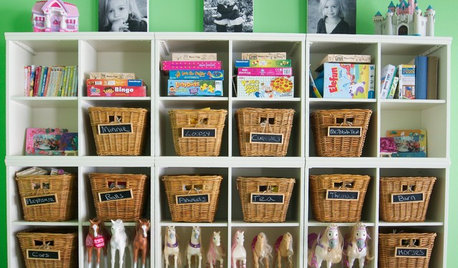
DECLUTTERINGTame the Toy Chaos: Bin Storage for All
New project for a new year: With bins, totes and shelves, a clutter-free playroom can be yours
Full Story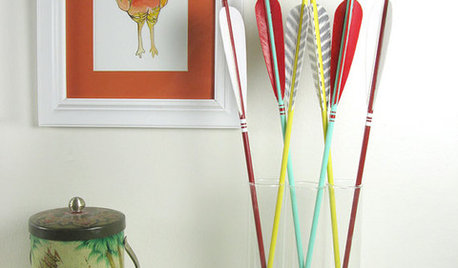
DECORATING GUIDESOn Trend: Feather Decor Makes Rooms Soar
Bring lightness and a breath of nature to your walls and home decor with feather art, accessories and wall treatments
Full Story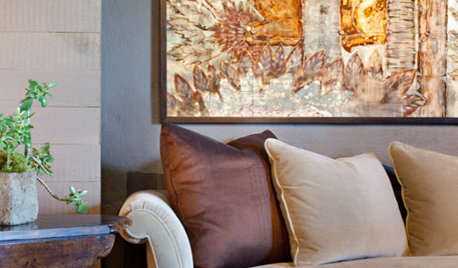
DECORATING GUIDES13 Home Design and Decor Trends to Watch for in 2013
It's predictions ahead as we find out what's on the radar of designers and makers for the coming year
Full Story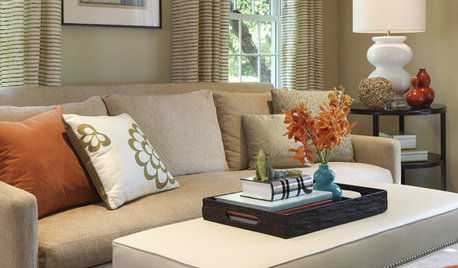
DECORATING GUIDESStaging vs. Decorating: What's the Difference?
Unlike decorating, staging your home isn't about personal style — it's about creating ambiance and appeal for buyers
Full Story
HOUSEKEEPINGGet It Done: Store Decorations and Tidy Up Postholidays
Move on to New Year's with a clear conscience, knowing you've recycled thoughtfully and packed carefully to make setup next year easy
Full Story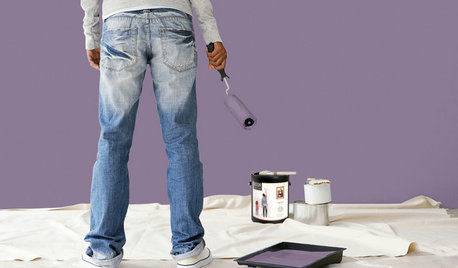
PAINTINGBulletproof Decorating: How to Pick the Right Kind of Paint
Choose a paint with some heft and a little sheen for walls and ceilings with long-lasting good looks. Here are some getting-started tips
Full Story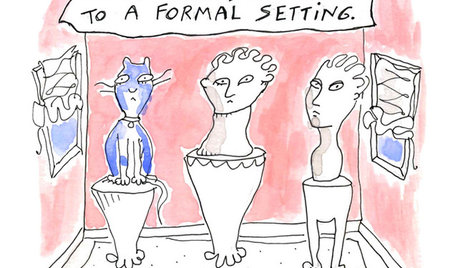
MOST POPULAR7 Ways Cats Help You Decorate
Furry felines add to our decor in so many ways. These just scratch the surface
Full Story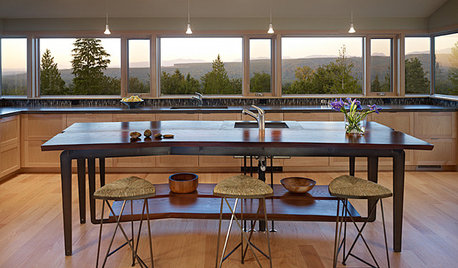
DECORATING GUIDESSo Your Style Is: Green
Way beyond a hue on a paint chip, green means a healthy home with a unique style designed around sustainability
Full Story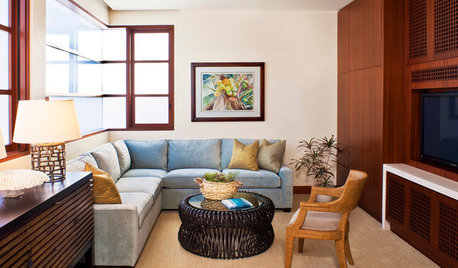
FURNITUREWhy Your Room Wants a Small Chair
Overstuffed chairs have their place, but undersize ones have more. Tuck one in and watch guests flock over
Full Story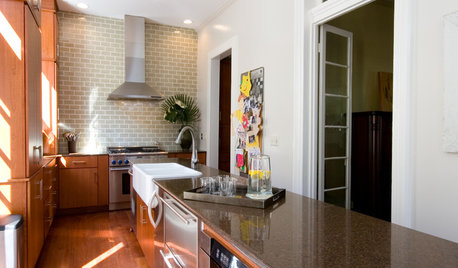
DECORATING GUIDESAre Ceiling Fans the Kiss of Death for Design?
Ceiling fans get a bad rap for being clunky and outdated, but these streamlined styles and a bevy of pros beg to differ
Full Story







Fun2BHere
mtnrdredux_gw
Related Discussions
squirrel defense?
Q
tiff with my interior designer......am I being obstinant
Q
The Client and the Designer - Tango, Waltz, or SlamDance??
Q
Define *Old Lady* decorating
Q
magnaverde
bronwynsmom
mtnrdredux_gw
palimpsest
mtnrdredux_gw
anele_gw
marcolo
bronwynsmom
Lori A. SawayaOriginal Author
mtnrdredux_gw
marcolo
palimpsest
Diane Smith at Walter E. Smithe Furniture
marcolo
mtnrdredux_gw
palimpsest
Diane Smith at Walter E. Smithe Furniture
marcolo
bronwynsmom
palimpsest
lynxe
lynxe
marcolo
Annie Deighnaugh
stinky-gardener
hlove
palimpsest
stinky-gardener
Diane Smith at Walter E. Smithe Furniture
marcolo
stinky-gardener
marcolo
stinky-gardener
Annie Deighnaugh
suero
jterrilynn
bethohio3
stinky-gardener
EngineerChic
stinky-gardener
CarlaAston
User